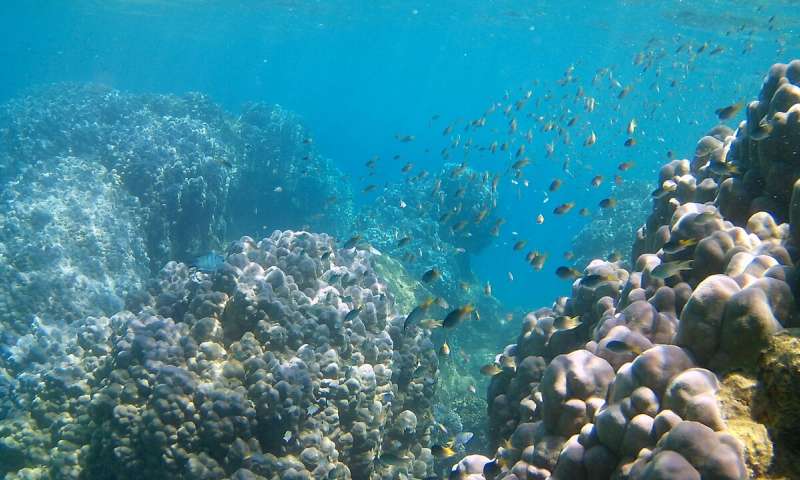 View Winners →
View Winners → Applying environmental genomics to coral conservation

A coral reef in New Caledonia. Credit: Oliver Selmoni, EPFL Oceans are a bellwether for the planet’s health, absorbing over 90% of the sun’s energy. They demonstrate the extent to which rising temperatures are threatening coral reefs and other vital ecosystems that support biodiversity. In 2016 and 2017, an abrupt rise in surface temperatures in the Pacific Ocean caused mass bleaching on an unprecedented scale. Australia’s Great Barrier Reef was especially hard-hit.
Bleaching occurs when heat stress disrupts the symbiotic relationship between corals and the tiny algae that live inside them, providing a source of nutrients for coral and giving them their color. Persistent bleaching can lead to coral death. In the past two decades, abnormal heatwaves caused entire sections of reef off the coast of Australia—measuring several kilometers in length—to turn white.
Scientists have already found that some reefs are better equipped to cope with recurring heat stress than others. For his thesis research, Oliver Selmoni, a doctoral assistant at EPFL’s Laboratory of Geographic Information Systems (LASIG), applied the principles of environmental genomics to characterize this ability to adapt. Selmoni cross-referenced the results of genetic analyses of coral samples with ocean temperature data captured by satellites to determine […]





































































































